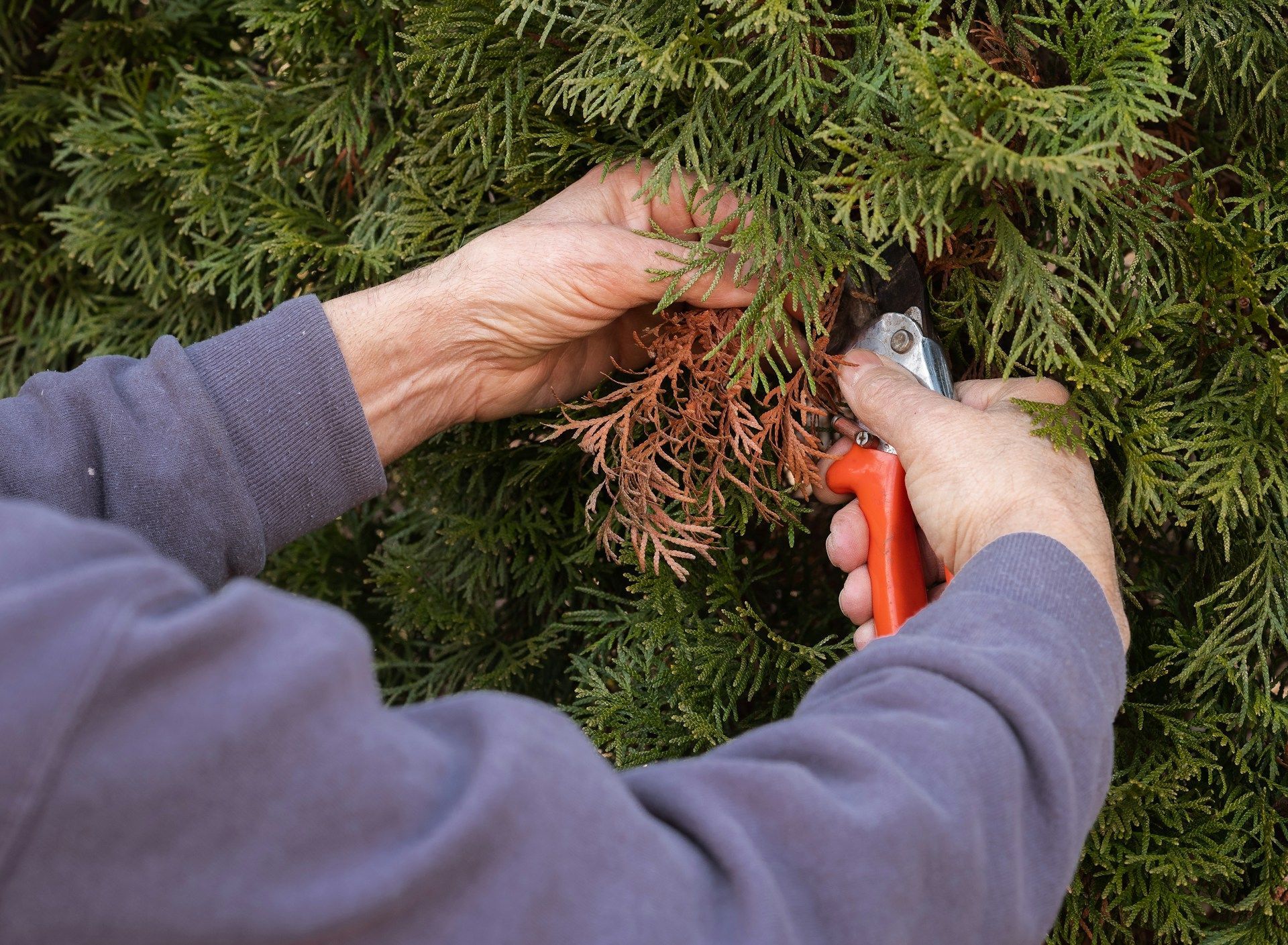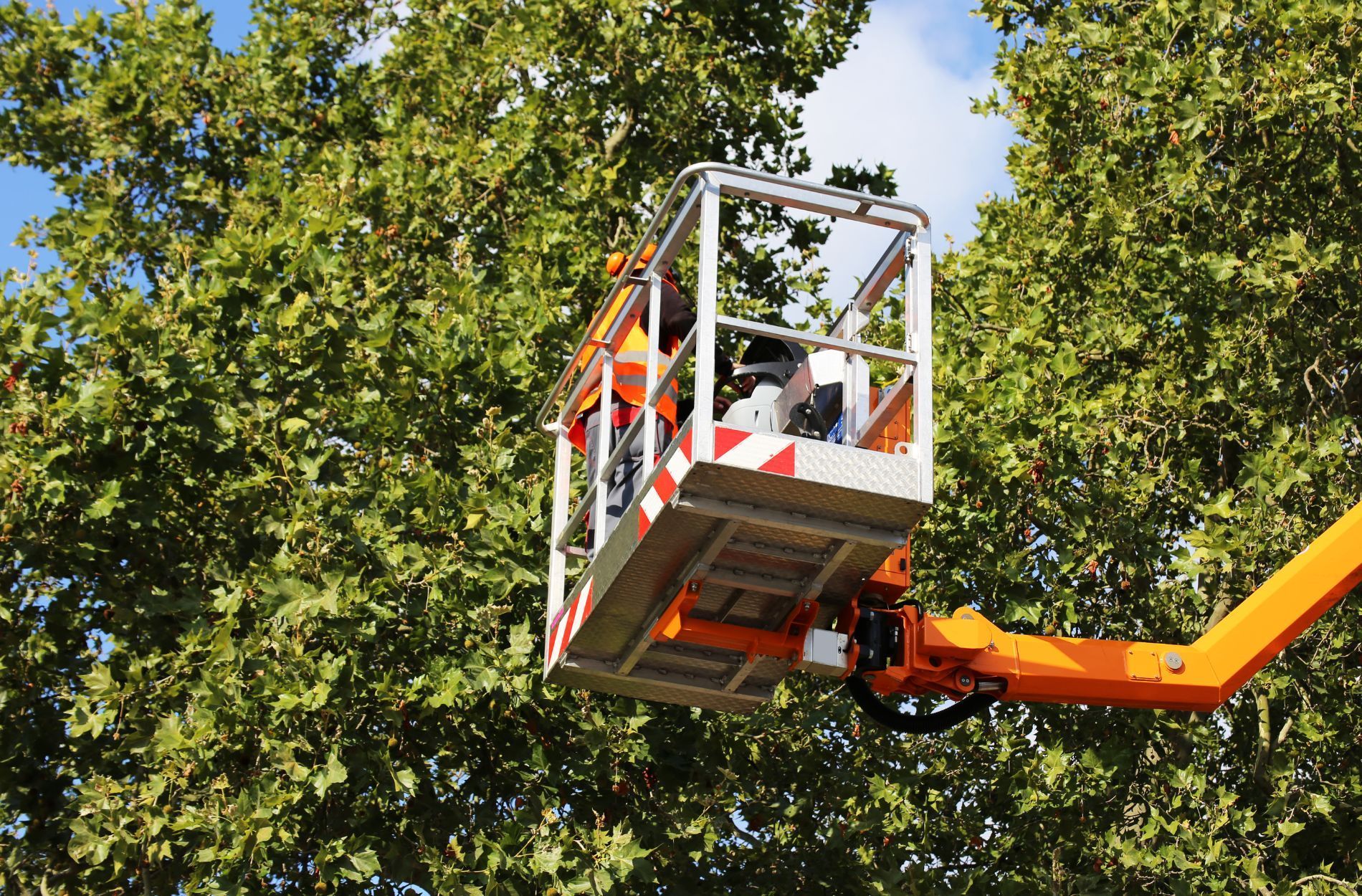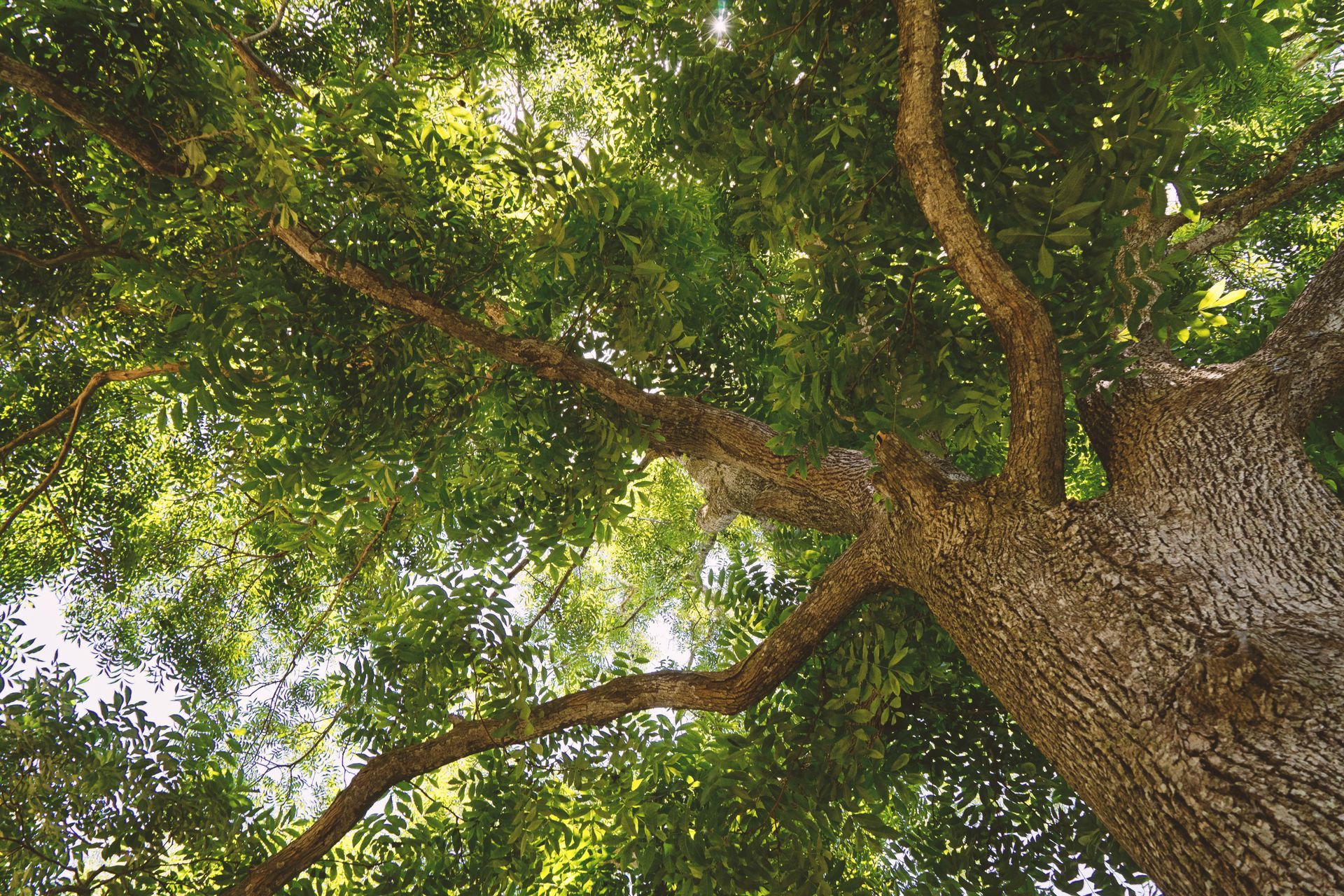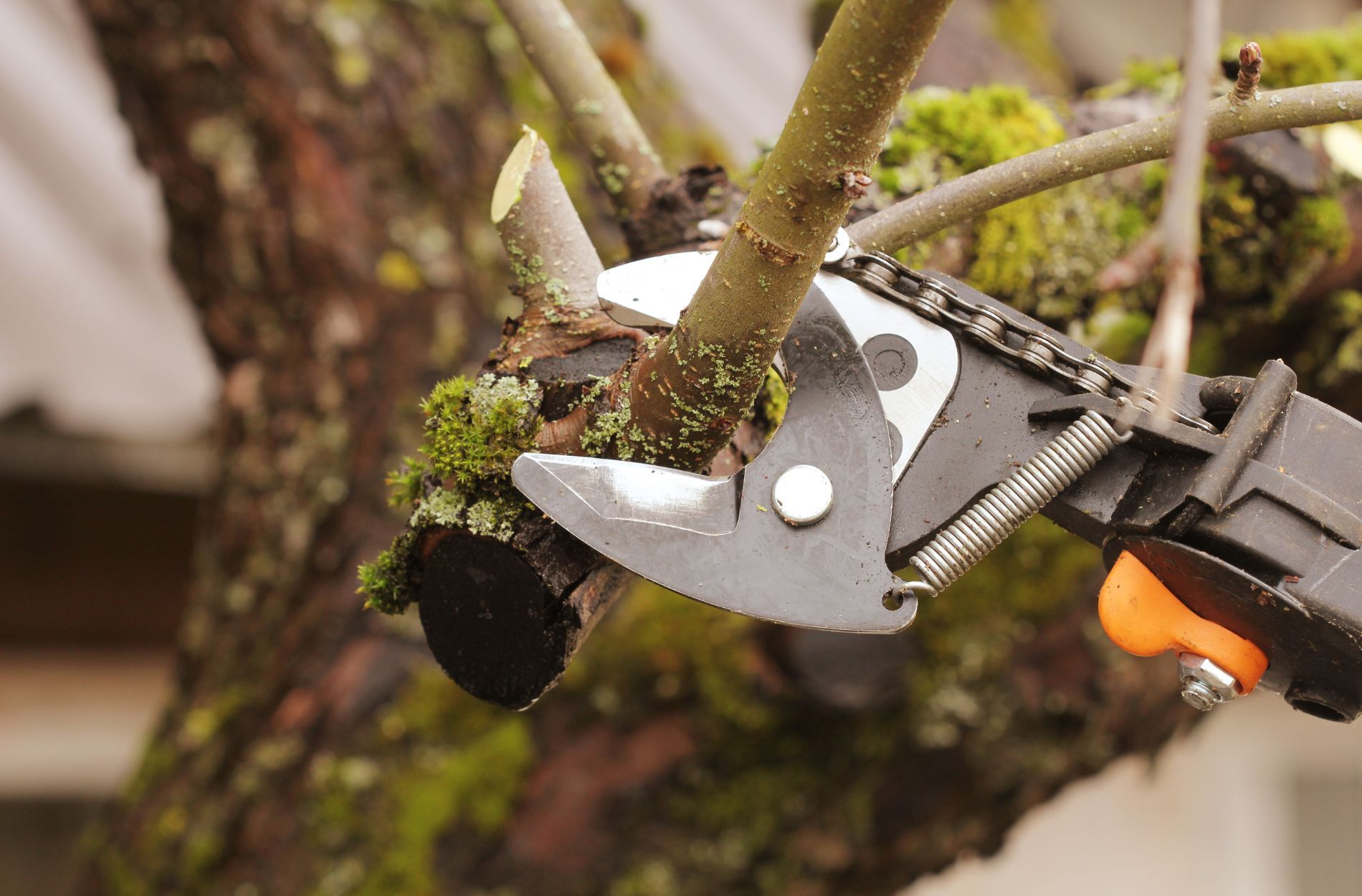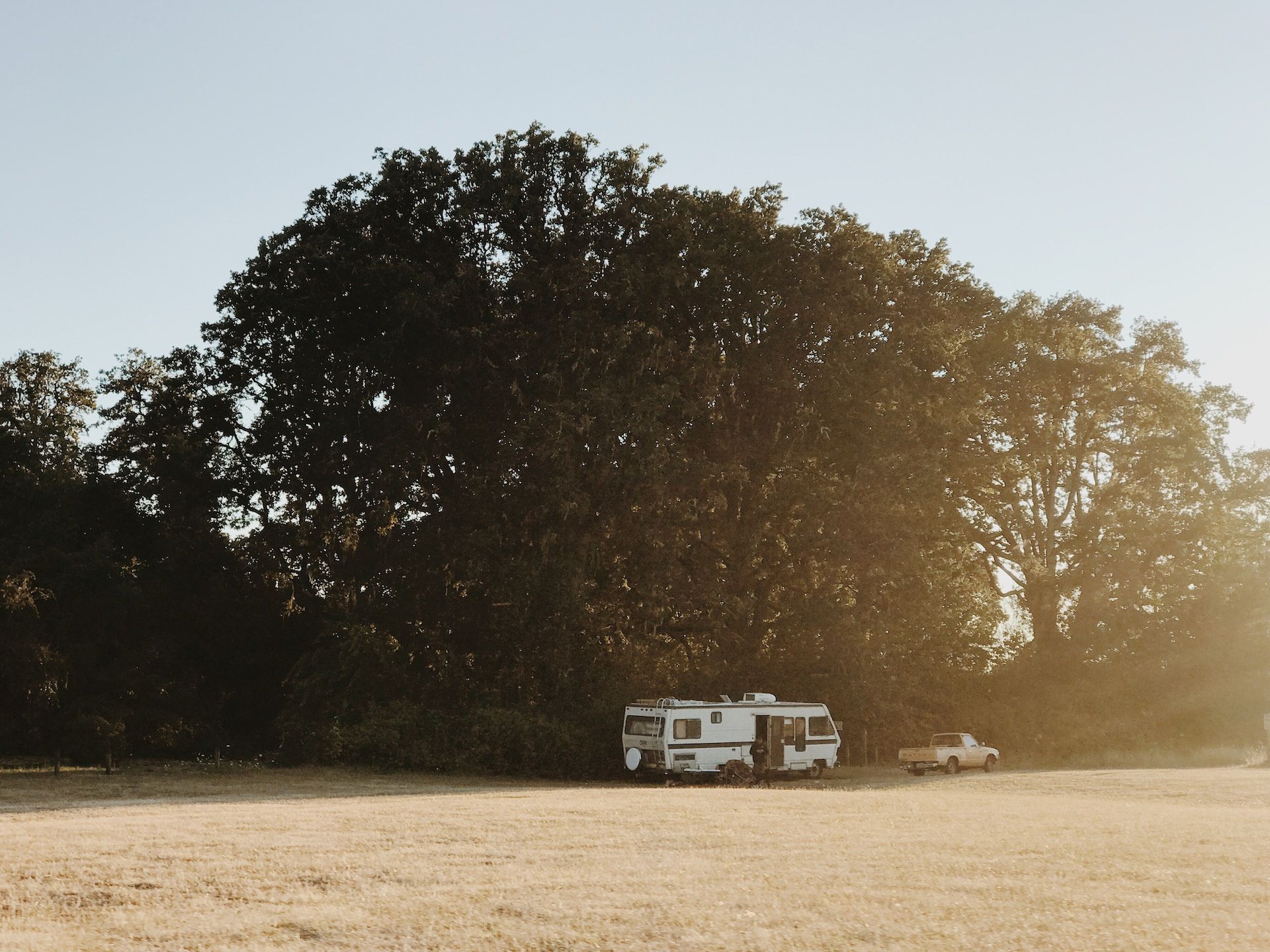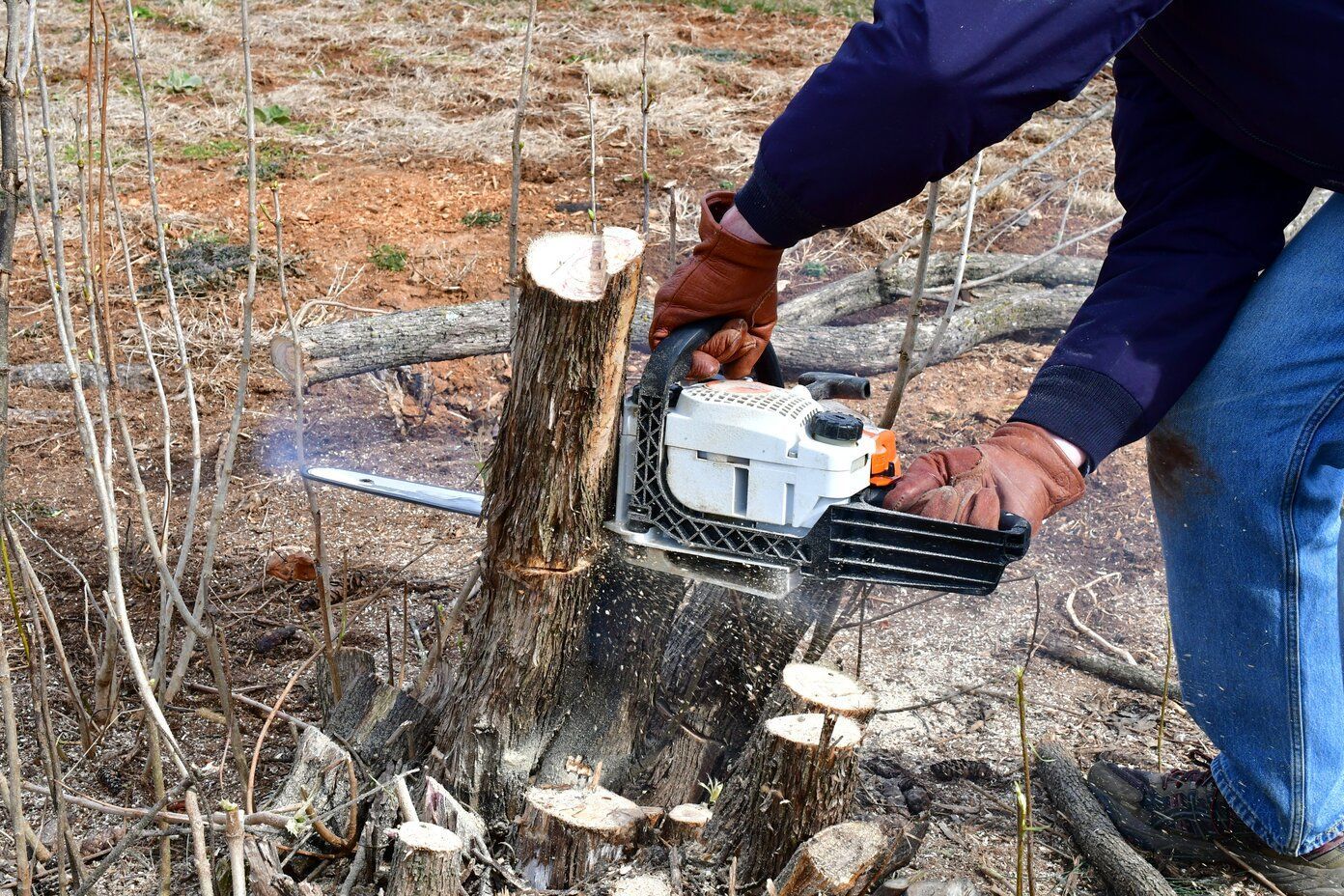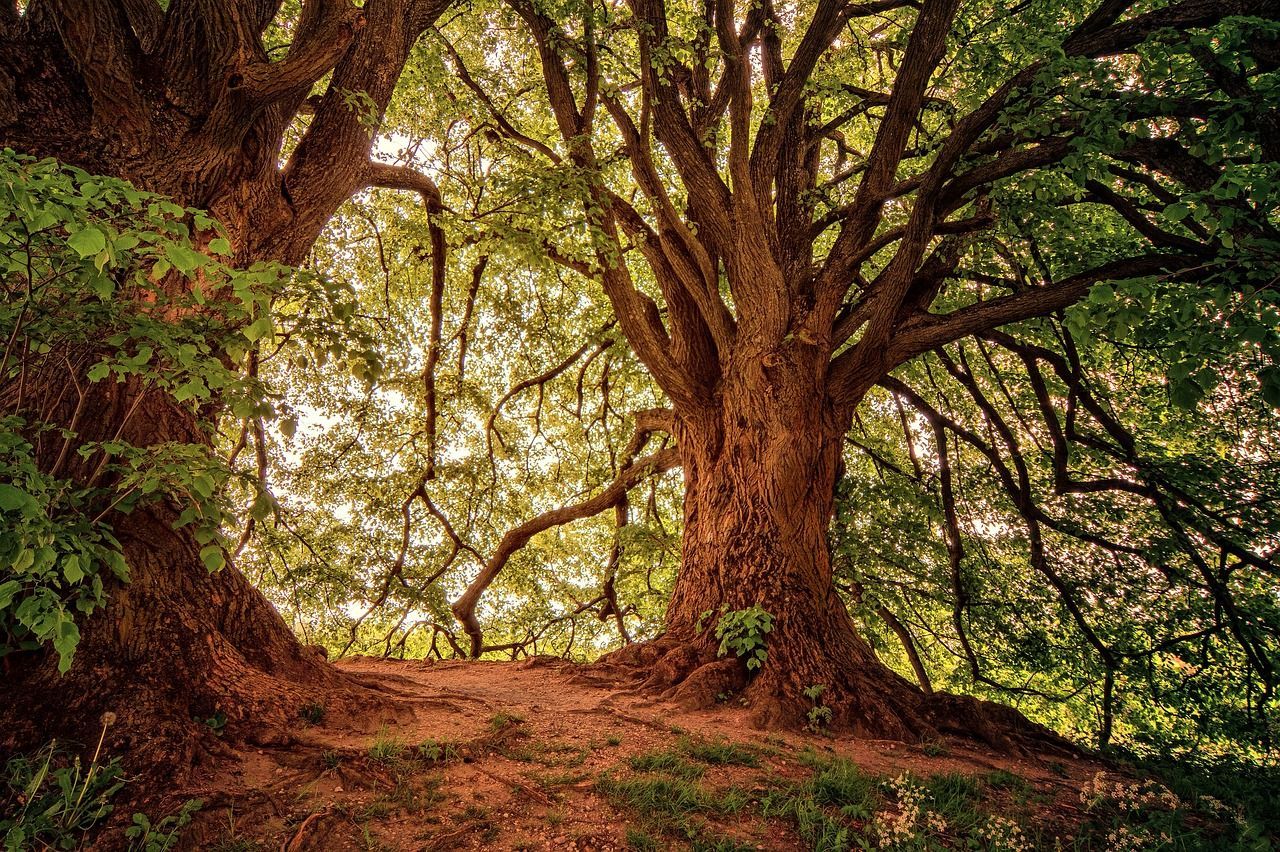Tree Risk Assessment: How to Identify Potential Hazards
As beautiful and majestic as trees are, they can pose a risk to people, property and other trees. Tree risk assessment is a necessary process that helps identify potential hazards before they become dangerous.
In this article, we will explore the concept of tree risk assessment, its importance and how to recognise the signs of tree risk.
What Is Tree Risk Assessment?
It is the process of evaluating the potential problems associated with tree growth and structure and determining the level of risk posed to people, property, and the environment.
Moreover, tree risk assessment involves systematically evaluating a tree’s structure and condition and assessing its potential to cause injury or damage. The assessment considers various factors, such as the following:
- Size and age;
- Species;
- Location;
- Environmental conditions; and
- Any visible signs of decay or structural defects.
The assessment also considers the potential consequences of a tree failure, such as property damage or people injury.
Why Is Tree Risk Assessment Important?
Tree risk assessment is an essential tool for providers of affordable tree removal services, as it helps identify potential risks before they become a problem. It is also a valuable tool for property owners, as it helps ensure that trees on their property are safe and well-maintained.
By taking the time to assess the risks associated with trees, property owners can ensure the safety of their homes, families and properties.
Recognising Signs of Tree Risk
Several signs indicate a tree may be at risk of failure. Here are some of the signs to look out for:
Deadwood
Also known as dead branches, they are a significant hazard as they can fall off the tree anytime. Deadwood is common, and it is essential to identify and remove it before it becomes a danger. Deadwood can be identified by inspecting the branches for missing bark, cracks, or fungus.
Leaning Trees
This indicates that a tree may be at risk of failure. Trees can lean for various reasons, such as wind, soil erosion, or root damage. Leaning trees must be inspected to determine the cause and develop a management plan to mitigate the risk.
Cracks or Splits in the Trunk
Factors such as lightning strikes, wind, or disease, can cause cracks or splits. Inspecting the tree for any cracks or splits and assessing the risk is essential.
Cavities or Hollows
Cavities or hollows in a tree can weaken the structure of the tree, making it more susceptible to failure. Various factors, such as decay, insects, or disease, can cause cavities or hollows. Inspecting the tree for cavities or hollows and assessing the risk is crucial.
Root Damage
Roots provide the tree with support and nutrients, and any damage to the root system can weaken the tree's structure. Various factors, such as construction, soil compaction, or disease, can cause root damage. Inspecting the tree for any signs of root damage and assessing the risk is essential.
How to Effectively Manage Tree Risks
Once a tree has been assessed for risk, a management plan must be developed to mitigate or eliminate the risk. The management plan may include various strategies, such as pruning, cabling, bracing, or removal. The appropriate strategy will depend on the severity of the risk and the tree's value.
Pruning
This involves removing dead, diseased, or damaged branches to improve the tree's structure and reduce the risk of failure. Pruning can also reduce the tree's weight and improve its balance.
Cabling and Bracing
This strategy aims to support the tree's structure and reduce the risk of failure. Cabling involves attaching cables between branches to provide additional support while bracing involves installing rods or bolts to strengthen weak branches.
Removal
In some cases, an emergency tree removal may be the only option to manage the risk. If a tree poses a significant threat to public safety or property, it may need removal. A qualified arborist should only carry out removal to ensure it is done safely and without causing damage.
Conclusion
Tree risk assessment is essential for maintaining public safety and protecting property. Trees can pose a significant threat if they fail, and it is crucial to identify potential hazards and develop a management plan to mitigate or eliminate the risk.
By recognising the signs of tree risk, implementing appropriate management strategies and hiring tree cutting and trimming services, you can ensure that trees continue to provide their many benefits without causing harm.
Just Trees Australia is North East Victoria's local Arborist that provides
affordable tree removal services. We also offer pruning, landscaping and stump grinding. We service the Albury Wodonga Region and surrounding areas, including Beechworth, Myrtleford, Bright, Wangaratta and Tallangatta. Get a quote today to manage tree hazards!

